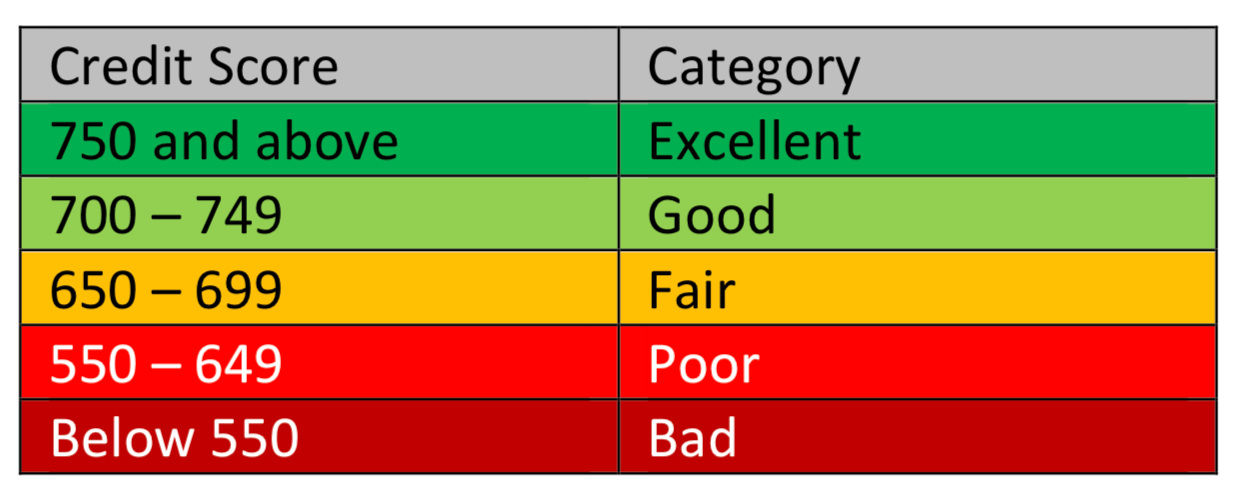We live in a time where trust is gold. One aspect of trust is credit worthiness. This topic has evolved and has been thought through socially and philosophically since ancient times. In this three-part blog, I am going to talk about credit worthiness in our modern world. I will talk about assessment of financial credit worthiness, how social data has started to affect this assessment and the use of social data in social credit worthiness beyond financial boundaries.
I have tried to provide process and technology consultants a quick reference about the basics of credit rating and a point of view on how financial institutions use social data nowadays in this process. This should help them to understand the latest lending trends.
What is a Credit Rating?
Credit rating is an assessment of credit worthiness. In general terms, it means financial credit worthiness. In simple words it means whether someone can repay a debt. The credit rating is determined using a numerical credit score which is a statistical number. There are many organisations which use different statistical models to calculate credit score. However, the most widely accepted and globally recognised credit scoring algorithm was developed by FICO (previously known as Fair Isaac Corporation). Almost all lenders in the global credit industry use the FICO score as an accepted indicator of creditworthiness to lend. Thus the FICO credit score has very little competition from other scoring models. Monopoly and dependency on one such model may negatively affect the global economy if a major flaw is discovered some day in the FICO model. So let’s keep our fingers crossed and hope for the best!
How can you access your credit score?
Okay, so does everyone have a number attached to them? Yes – all of us do. Then the question is – how do we access it? In each country, there are different organisations which collect and maintain this information for every consumer in a central database, against a unique identifier of the consumer (e.g., passport number, driver’s licence number etc.). The credit rating bodies accesses the credit file and provide the credit score information when requested by the lenders.
The most widely accepted credit score providers in Australia are:
As an individual, you are entitled to get your free credit score report once a year from any of these credit rating bodies within 10 days of requesting, or anytime when a credit is refused recently by a lender or when a personal information correction is required in your credit file. If you need your score immediately, then most of the credit rating agencies provide it to the requestor for a fee.
How is your Credit Score calculated?
For individuals, FICO credit score is a number between 300 and 850. The number is calculated by an underlying algorithm using five key factors (with corresponding weightings), which are:
- Payment History (35%)
- Combined amount owed to all lenders (30%)
- Length of credit history (15%)
- Types of existing credit (10%)
- New or recent credit inquiries (10%)
It is interesting to note that income, although closely linked with payment history, is not a factor in credit scoring. A low income individual who pays the bills on time and doesn’t hold any credit card or mortgage can have an excellent credit score, whereas a highly paid individual who is unable to repay one of his many mortgages is likely to have a poorer credit score.
Interpretation of your Credit Score
Depending on these factors a score is calculated by the scoring model. Higher the score, the more financially creditworthy the person is considered to be. Every lender maintains its own categorisation of the credit score to decide whether to lend to an individual. An average or indicative range for a ‘good’ or ‘bad’ score is:

A score of 700 and above indicates a good credit rating. Individuals with higher scores are more likely to repay their credits. They are low risk customers for the lender. They are offered the best lending rates and longer term repayment options.
A score of 650 or below indicates the individual is a ‘subprime borrower’. A subprime borrower is more likely to default on a debt repayment. Such borrowers are high risk customers for the lenders. The lender may refuse to lend, or can choose to lend at a higher interest rate or may charge a higher insurance premium to protect itself against the risk. The lender may also insist on repaying the debt over a shorter duration.
Awareness and management of your ‘traditional’ credit score
So now that you have an insight of these categories (and probably your own credit score also!) - the next question is what do you do should you have a bad score? Are there ways to make it better over time? The answer is – yes!
Your credit score is accessed behind the scenes every time you approach a lender for any credit, including mortgage, credit card and personal loan. Before lending, the lender refers to your credit score by contacting its preferred credit score provider. If you are refused credit by a lender, most likely a poor credit score is the culprit. So knowing your own credit score beforehand can tell you about the likely outcome of your credit request. It is absolutely important to be aware of your own credit score to know your ‘position’ in the eyes of financial institutions.
On a successful approval for credit, the lender reports the record of activity to the credit reporting body. Any such record of activity is called ‘trade line’ which is updated in the borrower’s credit file. Thus the borrower’s credit file remains updated for future reference.
It is necessary for individuals to proactively manage their own credit scores. You can apply common sense and follow these basic steps to maintain a healthy score (or potentially improve over time):
-
Managing Payment Failures: When an individual default on paying a bill or a repayment, the service provider or the lender notifies the credit reporting body. Compared to a mortgage repayment, a utility bill is much smaller – however, a failure to pay it can still affect your credit score. For example, you could be successfully paying a $3000 monthly mortgage instalment through auto debit for a number of years, yet missing to pay a $150 electricity bill would bring your credit score down. This is a common scenario when people move house while any outstanding bills are still directed to the old address. It is however a legal requirement for the service providers or the lenders to notify the consumer in writing before reporting a payment failure to a credit reporting agency. So checking communications regularly and ensuring no missed payments helps.
-
Managing Personal Information: Potential administration error by the credit rating agencies or identify theft by imposters could result in incorrect personal or credit information and a low credit score. It is thus important to periodically obtain the credit report to check for errors and to report any error to the credit rating agency. Maintaining accurate and updated information in the credit file is critical for future credit considerations.
-
Managing unnecessary credit inquiries: Many lenders consider a higher number of credit inquiries within a short span as a negative factor. This information is maintained in the credit file. The lender may view the borrower as ‘desperate’ for credit, although this could happen when the borrower is simply shopping around for a good deal without actually applying for a credit. In such scenarios the customer must clarify the behaviour when asked by the shortlisted lender, to obtain a favourable decision.
It is important to keep in mind that your credit score is a moving number, which can go up or down over the time, depending on how the underlying factors are handled by you. Only an individual who is aware of the credit rating factors, can manage them better leading to a healthier credit score.
Now that I have covered the basics of credit scoring, in part 2 of this series I’ll talk about how social data impacts credit scoring.

